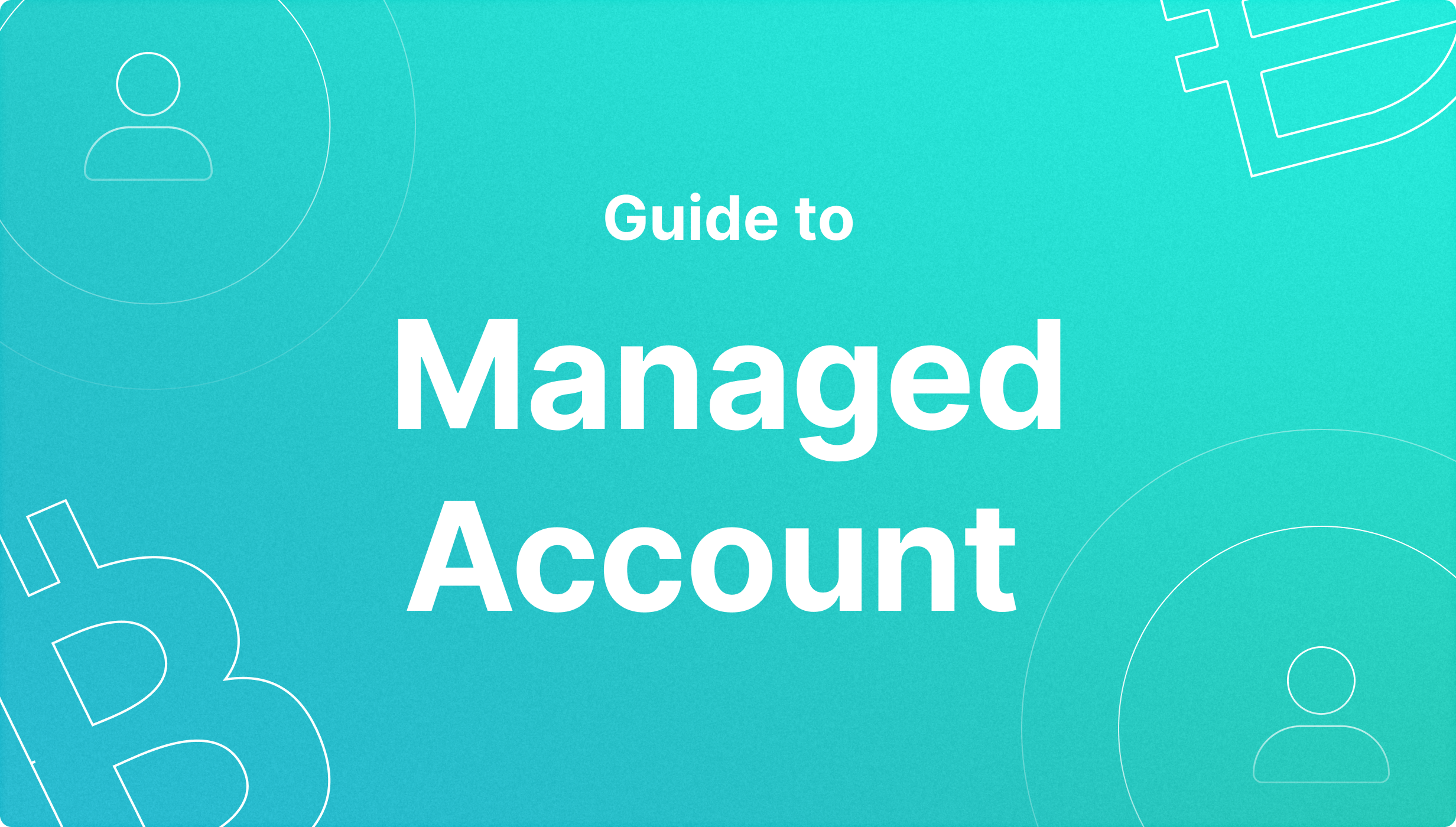The Importance of KYC in the Crypto Market
Articles

3 min

The crypto market was always associated with scammers, criminals, hacker attacks, and other illegal activities; meanwhile, those times are over. The period of 2020-21 is a true breakthrough of the industry, as millions of new holders have entered the market. On top of investments, digital currencies are widely used as payment options to purchase goods and services, pay taxes, and even donate money.
What about the security problem? Hacker attacks are still possible, but the market is protected enough due to AML and KYC policies. Cybercriminals get fewer chances to succeed.
Poly Network Hack: the biggest and most ridiculous attack in the crypto history
Tuesday, August 10, left its mark in crypto history as the day of the most giant hacker attack. Cybercriminals stole different tokens worth more than $600 million. From time to time crypto holders meet the news about hacks of crypto exchanges, wallets, and other platforms; meanwhile, volumes have never been this large!
Polygon is a Chinese-based network to provide crypto holders with the opportunity to transfer digital currencies between blockchains. Since the number of in-demand blockchains has skyrocketed, this technology is exceptionally useful for holders.
The overall capitalization of the Polygon Network is $9.9 billion which means criminals have stolen 6% of all the funds. Meanwhile, all the stolen tokens went back in 48 hours. How is it possible?
There were numerous theories. The conscious got the better of the attackers. The hackers wanted to disclose the weak points of the network. That was a huge joke. Meanwhile, the version closest to the truth informs that the KYC policy had made it impossible for cybercriminals to withdraw the stolen funds.
KYC to protect crypto investors
What is KYC? That is an abbreviation from ‘Know Your Client’. Centralized crypto exchanges require newcomer users to verify their accounts; otherwise, they cannot deposit, exchange, and withdraw funds. Users need to send scans of ID documents to prove they are real. Furthermore, some platforms (like the B2BX exchange) implement the two-step verification – selfie identification is mandatory as well.
They say a hacker was identified by one of the Chinese crypto exchanges, and the only way to avoid jail was to return all the stolen tokens. Furthermore, Tether has frozen stolen USDT tokens worth $33 million, and the hacker had no possibility to withdraw or spend them.
The KYC policy together with non-volatile stablecoins both provide holders with high-level security and push the crypto market to massive adoption.
Why is centralization the only way to make digital assets widely used?
First and foremost, cryptocurrencies stay decentralized as no governments impact their blockchains. While talking about the course on centralization, holders understand platforms where traders and investors buy and sell their crypto assets.
AML and KYC regulations tie the hands of criminals and hackers, as the exchange understands that funds are stolen, and other platforms won’t let a hacker withdraw money. Those policies make it impossible to use cryptocurrencies as a method of money-laundering or terrorism financing.
The importance of AML and KYC policies is illustrated by the key objective of digital currencies. Crypto assets are claimed to replace fiat money and make it possible for every holder to buy and sell goods and services globally, even without a bank account. How can digital currencies replace traditional money, when customers wouldn’t be sure that cryptocurrencies are not connected with illegal activities.
Founders of reliable exchange platforms are definitely on the light side, assuming their holders that AML and KYC requirements are the driving force for the crypto market growth. Holders who are against such innovations mainly don’t understand the notion and principal objectives of those updates. When a trading platform protects views against those policies – perhaps, there is something to hide on that exchange.
How do AML and KYC requirements impact traders?
Traders are frequently afraid of AML and KYC policies, as they need to send ID scans and verify their accounts. Such fears originate from the incorrect attitude towards digital assets. When you get a credit card or other financial services in traditional institutions, ID verification is a must-have step. The crypto market gains momentum, while the overall capitalization of Bitcoin ($904 billion) is larger than the capitalization of the two world’s largest banks – JP Morgan Chase ($466 billion) and Bank of America ($347 billion).
As such, crypto exchanges perform the function of the so-called banks for digital assets. Those platforms are responsible for the protection of traders/investors and their funds. AML and KYC policies help exchanges monitor flows of digital currencies and understand whether investors are not robbed. Such measures as the 2-FA authentication or the white list of addresses make the security system even stronger.
The Poly Network hack story shows that the ‘Know Your Client’ policy becomes a more and more significant obstacle for crypto criminals.
AML and KYC compliance as a must-have step to get a license
On the one hand, the KYC process is an option to protect traders and investors, while on the other hand, AML and KYC policies are mandatory to get a license. Centralized exchanges cannot function without a license, while financial regulators demand proof that a platform’s activity is compliant with the herein-mentioned requirements.
When you are going to enter the market with a newly created crypto exchange, think of the brand new opportunity – B2BROKER empowers beginner business owners to get a turnkey exchange. Qualified specialists are responsible for licensing and compliance with AML and KYC requirements. Founders save both time and expenses, as registration and licensing processes contain plenty of pitfalls.










